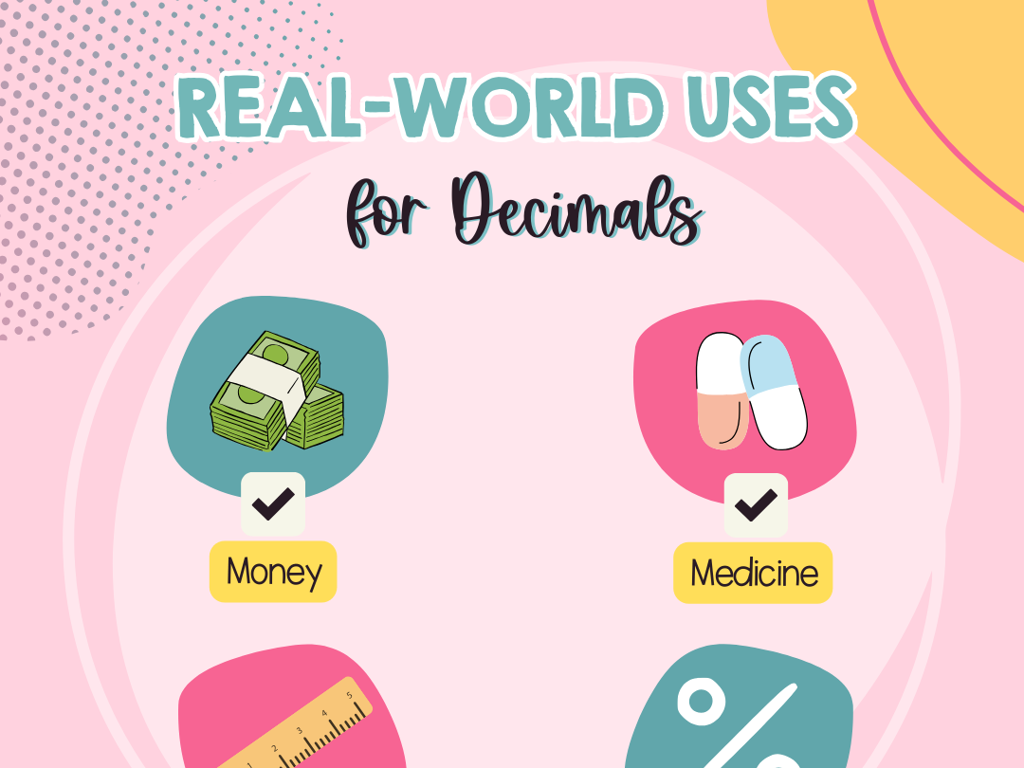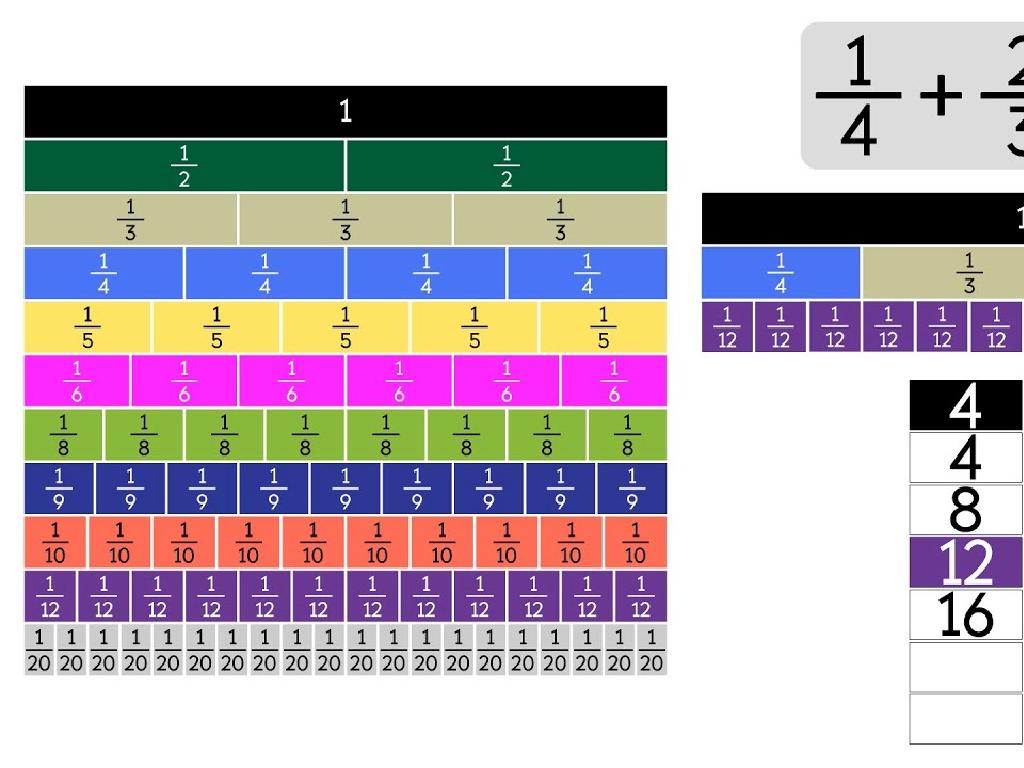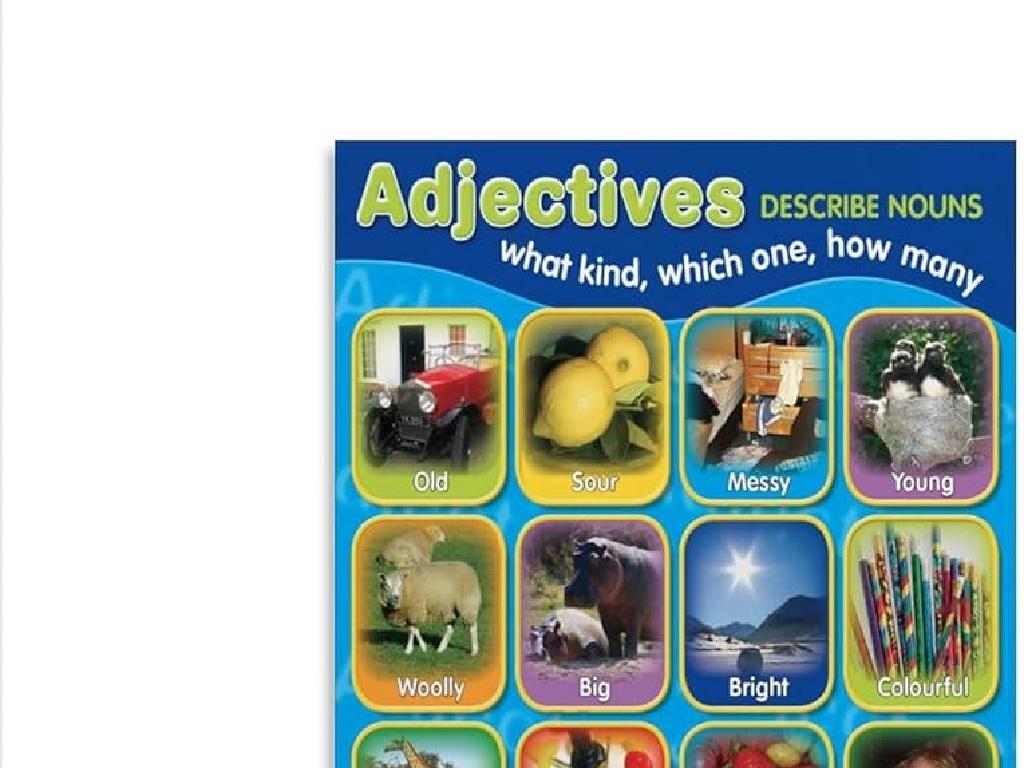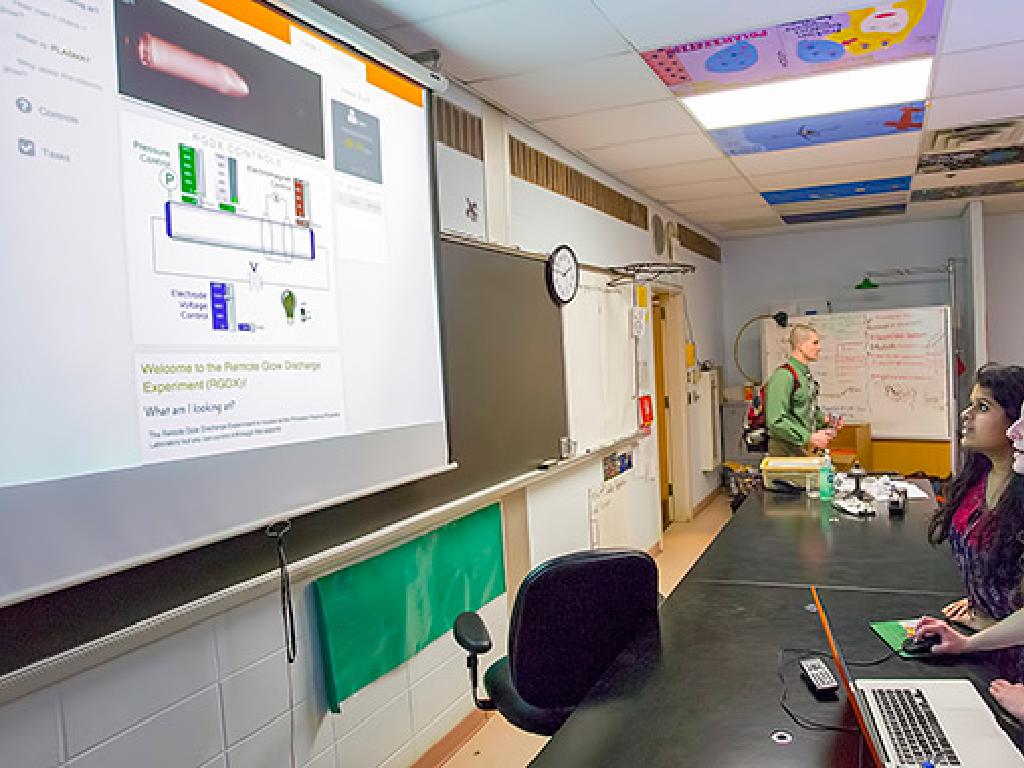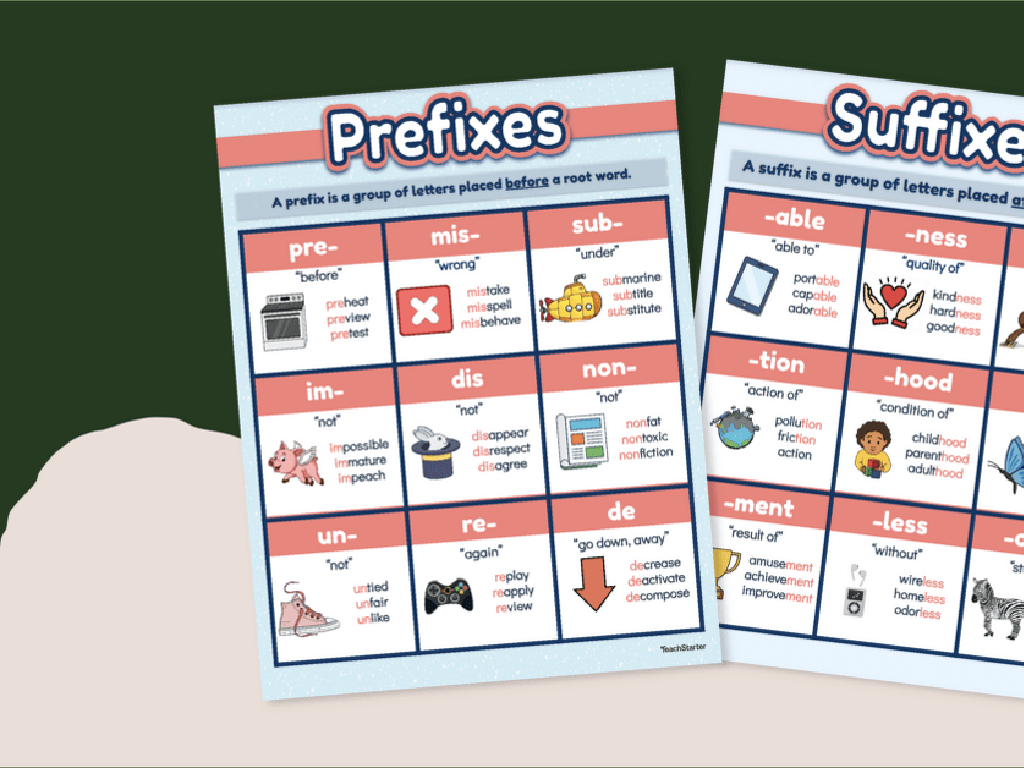Determine The Order Of Events In Informational Texts
Subject: Language arts
Grade: Fourth grade
Topic: Text Structure
Please LOG IN to download the presentation. Access is available to registered users only.
View More Content
Understanding Text Structure
– What is text structure?
– Organizing information effectively
– How authors arrange their writing
– Importance of event order
– Helps us follow the ‘story’ in informational texts
– Enhancing reading comprehension
– Knowing the sequence aids in understanding the whole text
|
This slide introduces the concept of text structure to fourth-grade students, emphasizing its role in organizing information in a way that makes sense to readers. Text structure refers to the way authors arrange their writing, whether it’s chronological, cause and effect, or compare and contrast. Understanding the order of events is crucial as it helps students follow along and comprehend the ‘story’ or main points being presented in informational texts. Encourage students to look for signal words that indicate time or sequence, such as ‘first,’ ‘next,’ ‘then,’ and ‘finally.’ Discuss how recognizing these patterns can improve their ability to summarize and retain information from their reading.
Understanding Sequence in Texts
– What is a sequence?
– Sequence means the order events occur.
– Clue words for sequence
– Words like ‘First’, ‘Next’, ‘Then’, ‘Finally’ signal sequence.
– Sequence in everyday life
– Morning routine or a recipe’s steps are everyday sequences.
– Practice finding sequences
|
This slide introduces the concept of sequence in informational texts, which is fundamental for understanding the structure of events. Explain that sequence helps us know the order of events, making the content easier to follow. Highlight clue words that often indicate the sequence in a text. Provide relatable examples such as the steps they follow in their morning routine or how a recipe is organized. Encourage students to think of other examples from their daily lives. For practice, students can work on identifying sequences in a paragraph or a list of instructions. This will prepare them for more complex texts and enhance their comprehension skills.
Identifying Sequence in Texts
– Look for sequence clue words
– Words like ‘first’, ‘then’, ‘finally’ signal order
– Notice the order of events by time
– Events are often arranged from first to last
– Practice with a sample paragraph
– Find and write the order of events in a paragraph
|
This slide is aimed at teaching students how to determine the sequence of events in informational texts. Start by explaining that authors often use specific words, known as clue words, to signal the order in which things happen. These can include words like ‘first’, ‘next’, ‘later’, ‘after that’, and ‘finally’. Next, discuss how recognizing the chronological order of events can help in understanding the text better. For the practice activity, provide a sample paragraph and ask students to identify and write down the sequence of events. This exercise will help reinforce their understanding of text structure and improve their ability to comprehend informational texts.
Understanding Cause and Effect in Texts
– ‘Cause’ explains why
– Cause: The reason behind an event, like ‘The plant died because it had no water.’
– ‘Effect’ describes what occurred
– Effect: The outcome, such as ‘The plant died’ is the effect of not watering.
– Signal words to identify
– Words like ‘because’, ‘so’, and ‘as a result’ help us find causes and effects.
– Practice finding cause and effect
– We’ll read passages and pinpoint the cause and effect relationships.
|
This slide introduces the concept of cause and effect, which is a key component of understanding text structure in informational texts. Start by explaining that the ’cause’ is the reason something happens, and the ‘effect’ is what actually happens as a result. Highlight signal words that often indicate cause and effect relationships, such as ‘because’, ‘so’, and ‘as a result’. Provide examples and guide students through practice exercises where they read short passages and identify the cause and effect. Encourage them to use the signal words as clues to determine the relationship between events in the texts they read.
Comparing and Contrasting Events
– Understanding similarities
– How events are alike in the story
– Exploring differences
– How events are unique or not alike
– Using Venn Diagrams
– A tool to visually organize similarities and differences
– Signal words to look for
– Words like ‘similar’, ‘different’, ‘both’ guide us
|
This slide aims to teach students how to compare and contrast events in informational texts. Start by explaining that comparing is finding how things are alike, while contrasting is finding how they are different. Introduce the Venn Diagram as a useful tool to visually sort the similarities and differences between two or more events. Emphasize the importance of signal words that authors use to indicate whether they are comparing or contrasting information. These words help readers understand the relationship between events or concepts in a text. In class, practice with a simple text, and have students fill out a Venn Diagram together. Encourage them to use signal words in their explanations.
Problem and Solution in Texts
– Identify problems in texts
– Look for challenges or issues characters face
– Find solutions in texts
– Solutions are how characters solve issues
– Understand their relationship
– Problems and solutions often follow each other
– Learn signal words
– Words like ‘problem’, ‘solution’, ‘solved’ hint at these
|
This slide aims to teach students how to recognize and understand the problem and solution structure within informational texts. Start by explaining that a problem is an issue or challenge faced by characters or subjects in the text. Then, discuss how the solution is the way that the problem is resolved or fixed. Emphasize the connection between problems and solutions, and how one leads to the other in a logical order. Introduce signal words that often indicate problems and solutions, such as ‘problem’, ‘solution’, ‘solved’, ’cause’, ‘effect’, and ‘therefore’. Use examples from familiar stories or texts to illustrate these concepts. Encourage students to practice by finding problems and solutions in texts they read and to use signal words to help them identify these elements.
Practice Time: Understanding Text Structure
– Read a short informational text
– Identify the sequence of events
– Look for time-order words like ‘first’, ‘then’, ‘finally’
– Discuss cause and effect
– How does one event lead to another?
– Explore compare and contrast
– How are things alike or different? What problems are presented and how are they solved?
|
This slide is for a class activity aimed at helping students practice determining the order of events in informational texts. Start by reading a short text together as a class. Then, ask students to identify the sequence of events using time-order words. Discuss how certain events lead to others (cause and effect) and how to identify similarities and differences in the text (compare and contrast). Finally, explore any problems presented in the text and the solutions provided. Encourage students to think critically about the structure of the text and how it helps them understand the information presented. Possible activities: 1) Create a timeline of events, 2) Match causes with effects, 3) Find similarities and differences in a Venn diagram, 4) Identify a problem and solution with a partner.
Class Activity: Create Your Own Story!
– Write a short story with order
– Include a problem and solution
– Think of a challenge for the characters to overcome
– Share your story with the class
– Use sequence words like ‘first’, ‘then’, ‘next’
– These words help show the order of events clearly
|
This activity is designed to help students understand the concept of sequencing in storytelling. They will create their own short stories, ensuring that there is a clear beginning, middle, and end. Students should include a problem that the characters in their story must face, as well as a solution to that problem. Encourage creativity and the use of sequence words to clearly indicate the order of events. Once the stories are written, students will have the opportunity to present them to the class, which will help in developing their public speaking skills and confidence. Possible activities for different students could include creating a comic strip version of their story, acting out the story with a group, or drawing illustrations to accompany their narrative.
Wrapping Up: Text Structure & Sequencing
– Recap: Text Structure & Sequence
– We learned how texts are organized to show time order.
– Importance of Event Order
– Knowing the sequence helps us comprehend and retell stories.
– Preview: Descriptive Texts
– Descriptive texts use sensory details to explain topics.
– Get ready for the next lesson!
|
As we conclude today’s lesson, it’s important to review the key concepts of text structure and the sequence of events. Understanding the order in which events occur in a text aids in comprehension and allows students to summarize the information accurately. Highlight how this skill is not only crucial for reading but also for writing their own stories. Looking ahead, give students a teaser about descriptive texts, which they will explore in the next class. Descriptive texts paint pictures in the reader’s mind using detailed descriptions. Encourage students to think of examples of descriptive writing they have encountered. This preparation will help them transition smoothly into the next topic and keep them engaged.

